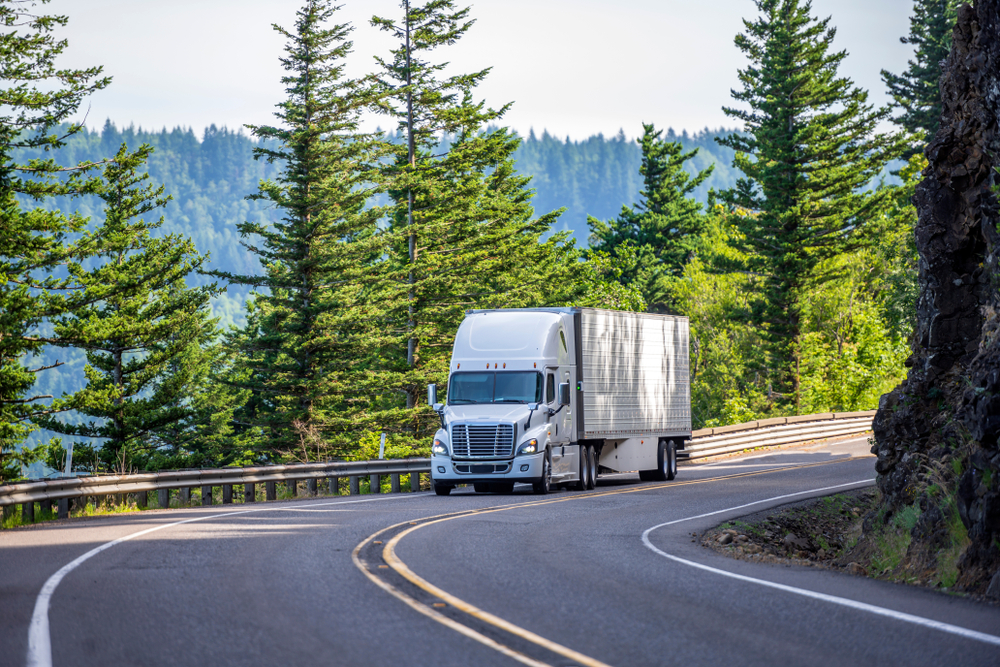
Government mandates to transition from diesel-powered big rigs to battery-electric semis have been met with resistance and controversy. However, the Port of Virginia has demonstrated that modernization and sustainable energy can go hand in hand.
“Virginia is the first major U.S. East Coast port to power its entire operation using 100 percent clean electricity,” CEO and executive director of the Virginia Port Authority Stephen A. Edwards reportedly said. “In doing so, the port is building upon its reputation as America’s Most Modern Gateway.”
The Virginia Port Authority set an initial goal of achieving a carbon-neutral status by 2040, and the latest advancement put it eight years ahead of schedule. To say they have handily exceeded that timeline would be something of an understatement. Transitioning to electricity allowed the port to reduce its carbon emissions by a whopping 45 percent per container. The metrics determining the reductions include equipment exhaust and emissions from lighting, HVAC systems, and other necessities.
With upwards of 116 stacking cranes, four rail cranes, and another 27 ship-to-shore cranes now powered by clean electricity, Port Authority officials are looking forward to transitioning the North Berth at Norfolk International Terminals. That expansion alone would increase its fleet size to 152 stacking, 7 rail, and 31 ship-to-shore cranes.
“The Port of Virginia has long been a leader in innovation and growth,” Glenn Davis, director of the Virginia Department of Energy, reportedly said. “It has continued that leadership into the energy sector by powering its entire port operation with 100 percent clean energy.”
Moving swiftly to meet and exceed clean electricity goals also required a close partnership with energy organizations. The port benefited from a Power Purchase Agreement with Dominion Energy and a subsequent rider with Rappahannock Electric Cooperative. The deal ensures the Port of Virginia will enjoy consistent access to enough clean energy to power its current cranes and infrastructure. It will also reportedly have access to enough electricity to support its expansion and achieve a carbon-neutral status ahead of 2040.
“The type of equipment we are using, the way we power it, and our overall approach to sustainability demonstrates to our customers and those port users seeking clean supply chains that this modern gateway can help meet their goals,” Edwards reportedly said.
Adding to its access to sustainable energy, the port plans to invest $220 million to build an offshore wind logistics facility at the Portsmouth Marine Terminal, largely driven by Dominion’s 176 wind turbines positioned off the coast of Virginia Beach.
Source:











Leave a Comment